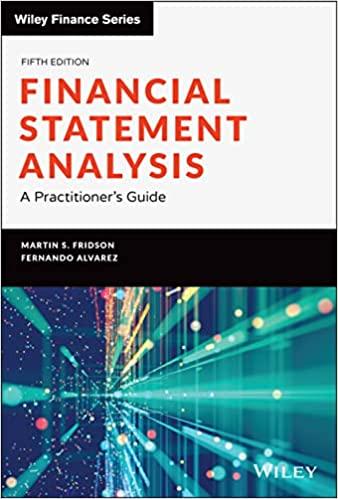Using expected utility (desirability curves) instead of straight expected value allows one to: Consider higher dollar amounts Incorporate non-neutral risk attitudes Use consequences other than money Consider a greater number of alternatives Make more efficient decisions Question 21 Which of the following is NOT one of the steps in analyzing Linked Decisions in the book? Reducing future decisions down to one decision. Understanding the basic decision problem. Identifying future decisions linked to the basic decision. Understanding relationships in linked decisions. Treating later decisions as new decision problems. In terms of decision theory, an individual who is risk averse: Simply cannot make a decision. Will give up rewards in the present to receive rewards in the future Prefers a sure thing with a lower expected value over a riskier choice with a higher expected value prefers a riskier option with a higher expected value over a less risky option with a lower expected value avoid doing anything fun so as not to face too much risk in their lives Question 23 4pts A calculus professor is known on campus for giving very difficult exams. He has heard that he has this reputation and in an attempt to counter it, he tries to write exams that he thinks are relatively simple. Despite his attempts, each semester his students find themselves struggling. When writing exams, it could be that this professor is suffering from: the representativeness heuristic the curse of knowledge base rate neglect the omission bias the confirmation trap A conjunction (combination) of events (e.g., Linda is a feminist bank teller) cannot be than the probability of either of the single events alone (e.g., a bank teller). Less likely More likely The same as There is not enough information to know. Question 25 4 pts Imagine that an investor recently bought 100 shares of a stock at $10 per share. Soon after the purchase, the stock price dropped to $5 per share. Now, there is a 50% chance that the shares will drop to $0 per share and a 50% chance that the shares will increase in price to $10 per share. What action is the buyer likely to take and why? he will sell the shares now because people are usually risk seeking for losses he will sell the shares now because people are usually risk averse for losses he will keep the shares because people are usually risk seeking for losses he will keep the shares because people are usually risk averse for losses









